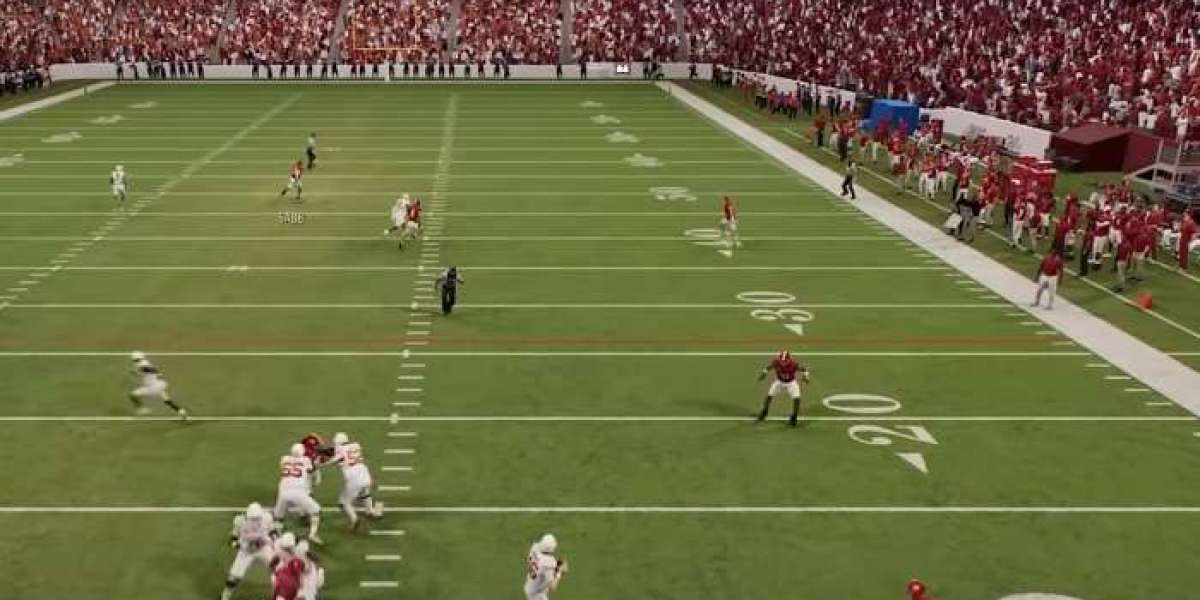Whether you're shopping for guides, joining communities, or looking up how to buy cfb 26 coins, understanding how the latest patch in College Football 26 affects manual and auto progression is critical for fielding a competitive team. EA’s comprehensive overhaul has upended player progression strategies for both league types, making it essential to understand the nuances.
Patch Impact on Player Progression Styles
The biggest news is that with motivator tier 1's exploitation neutered, coaches cannot auto-commit entire classes or stack bonuses with ease. Recruiting “the smart way” has never been more important. The now-limited coaching points demand a more precise approach to staff builds and perk choices—moving away from quantity toward quality and strategic fit.
Manual Progression: Flexibility and Breaking Skill Caps
Manual progression leagues allow much more creative team-building. Here, you can grab athletes with less-than-ideal starting stats but higher overall or physical upside. Because you, the human manager, will control their development points, you can reforge their skillset or even break through skill caps by smartly using new position-changing rules, transforming average four-stars into standout performers.
This flexibility greatly reduces the pressure to win high-profile recruiting battles; instead, you can reliably target pipeline and easy-win recruits, then mold and maximize their true potential through careful progression and position management.
Auto Progression: Leaning on Built-In Traits
By contrast, in auto progression leagues the game’s AI prioritizes the lowest-cost upgrades. Players with high but unbalanced raw stats may languish with low speed (still among the most expensive upgrades) or weak high-tier skills, as the algorithm focuses on cheaper improvements to efficiency and secondary attributes.
For managers in these leagues, the smart move is to recruit athletes whose physical stats closely match your envisioned end state. Speed, height, and weight become top priorities, as these features either cannot be upgraded later or will prove extremely difficult to improve under auto progression.
The Influence on Recruiting Tactics
With these new realities, “efficiency recruiting” becomes even more important. Both progression types now reward broad, strategic talent collection over position-specific tuition. The patch’s improvements to position-changing mean you can fill your roster with more high-quality, versatile athletes and optimize them later, especially in manual progression environments.
Selecting Coach Packages and Building a Class
Packages like Relationship Builder and Strong Roots, spread across their full tiers, can supercharge your recruiting, maximizing both your board’s breadth and your accessible talent pool. For manual leagues, that’s an invitation to curate and craft your team; for auto, it’s a way to front-load your class with the best physical fits.
Conclusion
As every dynasty manager knows, whether you’re learning how to buy cfb 26 coins or how to maximize player development, understanding the difference between manual and auto progression is now crucial. EA’s tweaks ensure that a one-size-fits-all approach is gone—success hinges on understanding your league and exploiting the new systems to their fullest.














